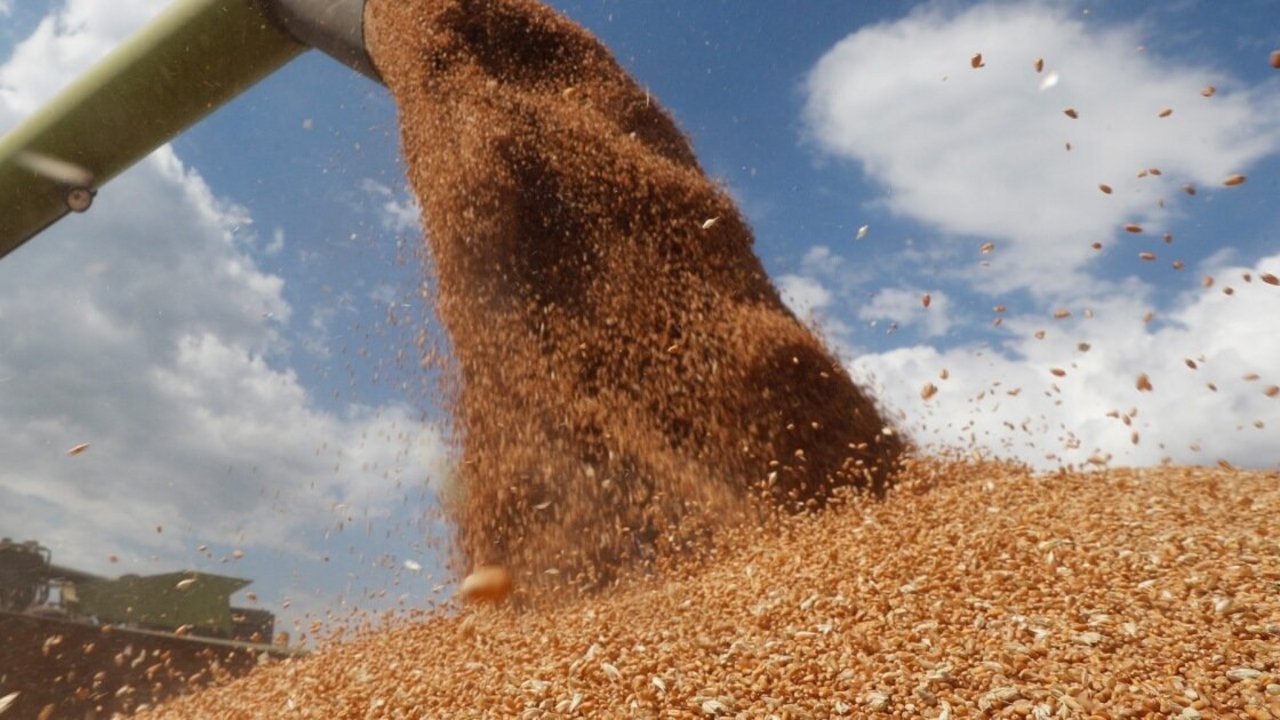While the Ukraine war brings the world to the brink of a food disaster, the ongoing pandemic and climate change deepens the wheat crisis. In many wheat producer and exporter countries, adverse weather events hit the production. The International Wheat Council announced that global wheat production was at the lowest level of the last three years.
The grain crisis caused by the Russia-Ukraine war will deepen due to adverse weather events in important producers. The International Wheat Council (IGC) announced in its latest report dated May 2022 that “Global wheat production is at the lowest level of the last three years”. While the data of the US Department of Agriculture shows that the most suitable climatic conditions for wheat production will be experienced in the countries around the Black Sea for the 2022-2023 season, it does not seem possible for Russia and Ukraine, the two important producers of the region, to meet the world's demand due to the war. So much so that Ukraine reported that it expects a 40 percent decrease in the harvest season. Russia, which ranks first in the list of wheat producers, does not seem to give up its policy of preventing grain exports in the short term despite Western sanctions.
FERTILIZER ALSO AFFECTS
Abnormal weather events are affecting the prospects for the harvest season from France to Argentina, from India to China. Wheat production is expected to decline in India, where extreme temperatures are coming weeks earlier than expected. Concerned about meeting the domestic demand, the Indian government banned the export of wheat in mid-May. On the other hand, the ban on fertilizer exports by China, which is the world's largest fertilizer exporter along with Russia, stands out as another problem affecting grain production. In Australia, the third largest wheat exporter dependent on China for fertilizers, prices increase due to the ban, while farmers expect a serious decrease in production.
